Looking Through Time: 1975 Movies
The CommRadio Arts & Entertainment department revisits some of the most influential movies from 1975.
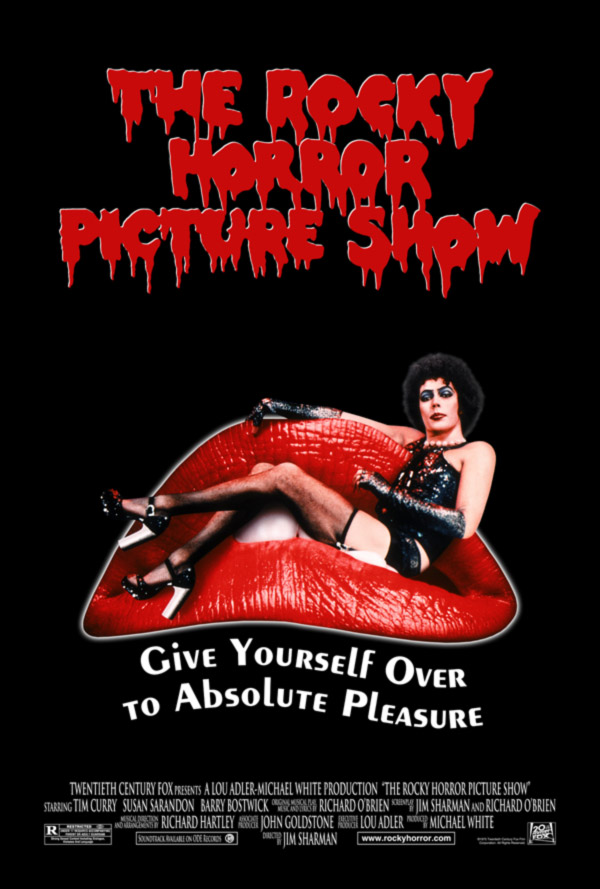
“The Rocky Horror Picture Show”
The campy, musical comedy horror film “The Rocky Horror Picture Show” has not always been the cult classic it is today.
The original musical was written by Richard O’Brien in the early 1970s and premiered in London in 1973. It stars Tim Curry as Dr. Frank-N-Furter, Susan Sarandon as Janet and Barry Bostwick as Brad.
The show quickly developed a fanbase and made it to Broadway by 1975, performing for a much larger audience in New York City. There have been hundreds of adaptations over the years in dozens of countries around the world.
However, when the film was released in August 1975, critics found it pointless, audiences found it strange and it overall seemed to miss the mark.
The loyal cult following of the film truly sets it apart, though. Due to the risqué nature of the film and its lack of popularity, theatres began showing it as a midnight feature. Before long, this became a tradition for Rocky Horror fans.
Fans of the musical still take part in various forms of the midnight showings over 40 years later.
Depending on the location, “Rocky Horror” can be viewed as a musical with actors on stage, a traditional screening of the 1975 film or a combination the two with a shadow cast, which involves actors miming the dialogue as the film plays on a large screen behind them.
Fans like to dress up when attending these performances, whether it’s as one of the film’s characters or another crazy costume. First time attendees are even referred to as “virgins,” and encouraged to participate in an initiation process on stage.
There is also an audience participation script that includes crude jokes and comments that audience members enjoy shouting out during the performances.
“Rocky Horror” has endless other traditions that involve the audience, such as throwing rice during the wedding scene, holding a newspaper over your head during “There’s A Light Over at the Frankenstein Place” and throwing cards on stage as Frank-N-Furter sings his goodbyes.
Most importantly, “Rocky Horror” has been very influential in the LGBT community.
The story embraces the ideas of sexual pleasure, defying gender norms and ambiguous identities. The character of Frank-N-Furter is an icon for fans who are transgender, bisexual, androgynous or anywhere else on the queer spectrum.
“Rocky Horror” encourages viewers to express themselves and celebrate what makes them unique. The midnight showings are a safe space for many; a place where people of all backgrounds can bond over something they love.
As strange as the plot of this film is, there’s no denying the impact Rocky Horror has on pop culture. It launched the careers of many young actors and introduced unforgettable music.
Surely, in another 45 years, audiences will still be doing the “Time Warp” again. —Sarah Simpson
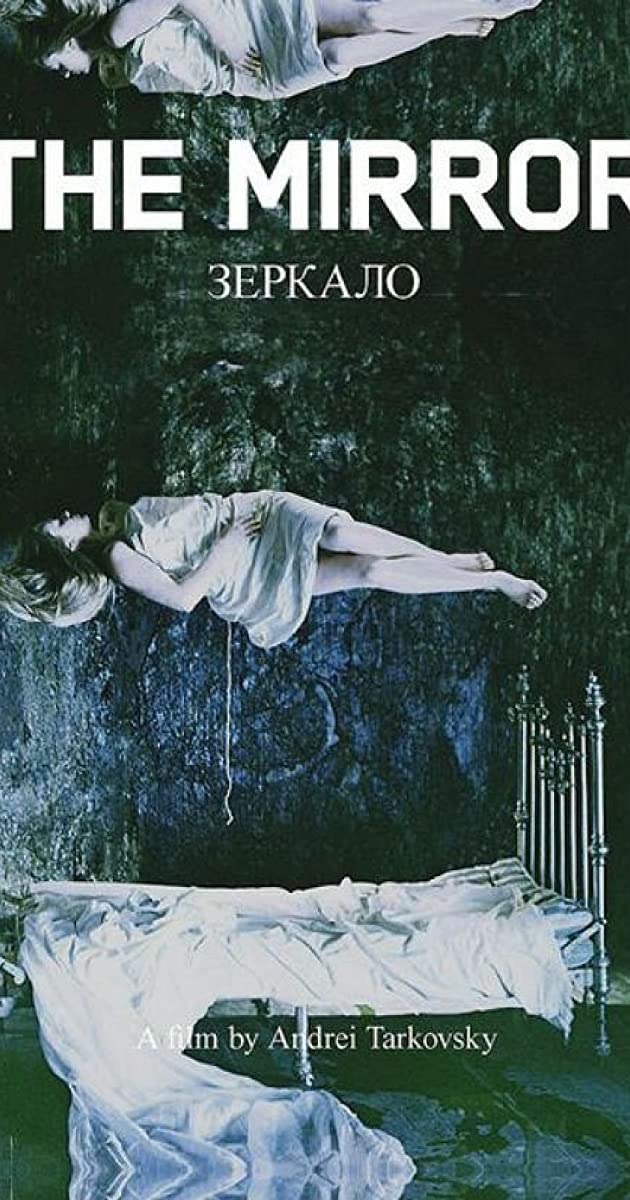
“The Mirror”
What is it that makes Andrei Tarkovsky’s “The Mirror” such a masterclass of the art-house genre?
Perhaps it is because it feels like taking a walk through the Louvre with every scene showing heavy emphasis on the beauty of nature and its relationship with man. Director of photography Georgi Rerberg does an excellent job framing shots where characters are seen miniscule compared to the beautiful scenery around them.
In one of the most brilliantly striking shots in film history, Tarkovsky is able to take the image of a burning house, something that represents destruction, create a sense of peacefulness and showcase the refinement in negative happenings.
The use of composers like Bach adds to the aristocratic atmosphere present in each scene. Think Ferris, Cameron and Sloane at the Art Institute in “Ferris Bueller’s Day Off,” where the viewer is Cameron analyzing every nuance of each scene instead of George Seurat’s “A Sunday on La Grande Jatte.”
The plot of “The Mirror” makes it so that viewers cannot watch once and fully understand what has been presented. Tarkovsky opts for an erratic, non-linear story about a man on his deathbed, recalling past memories of his life.
Throughout the film, Tarkovsky even implements raw war footage, creating what feels like at times a real biographical story.
The man of interest is not even fully shown throughout the film, making it seem as if we are in his perspective, remembering the defining moments of our life. The editing style throughout creates a fantasy like feeling, making viewers unsure of what exactly is real and what is not.
“The Mirror” at its core may seem like nothing to some or everything to others. The ambiguity surrounding it can lead to discourse about what it truly meant. Art-house films are not meant to be easy viewings. They attempt to push boundaries and serve as a form of expression from its creator. “
"The Mirror” is not for everybody. But those who give it a chance have the opportunity to see a genius at work. —Joe Eckstein
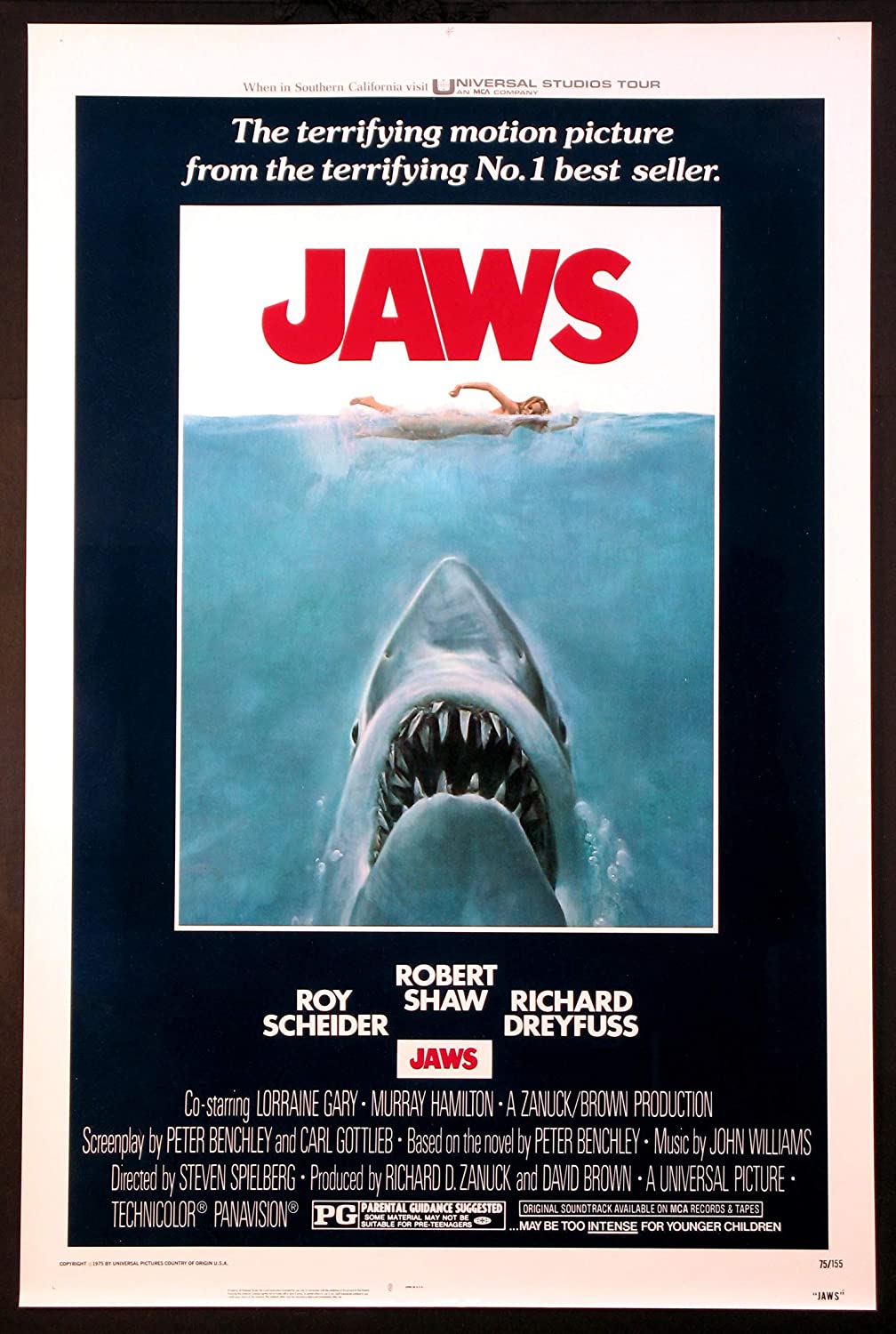
"Jaws"
Few movies are as highly regarded as “Jaws.
From the acting, to the music and the directing, film itself is almost flawless, which makes it even funnier for viewers when they realize how troubled the movie’s production was.
First time director Steven Spielberg insisted on filming on location in Martha’s Vineyard in order to film in the actual sea. This caused filming to be delayed multiple times and for the various prop sharks to constantly break down.
Prop failures meant that Spielberg had to shoot most scenes with the shark hidden from sight. However, this was a brilliant decision, as it gives the viewer a true fear of the unknown.
The shark could strike from anywhere and combined with John Williams masterful score, the suspense leaves viewers on constant edge, and when the shark does attack it is terrifying. Few movies can create this feeling of terror.
The three main actors Roy Scheider, who plays police chief Martin Brody, Richard Dreyfuss, who plays oceanographer Matt Hooper, and the brilliant Robert Shaw, who plays the shark hunter Quint have a chemistry that adds to the sense of adventure and contrasts the horror of the shark.
The one scene of this film that shows the strength of the directing, music and acting involves the men first setting out to hunt the shark. The music adds to the suspense and Shaw perfectly sells Quint’s confidence being shaken. It’s a masterclass in suspenseful filmmaking.
“Jaws” was the first summer “blockbuster” and forever changed people’s perceptions of the ocean. In the hands of anyone else, it would be just a shark movie but thanks to the talent of Spielberg, the actors, and the music “Jaws” became one of the greatest movies of all time. —David Fortunato
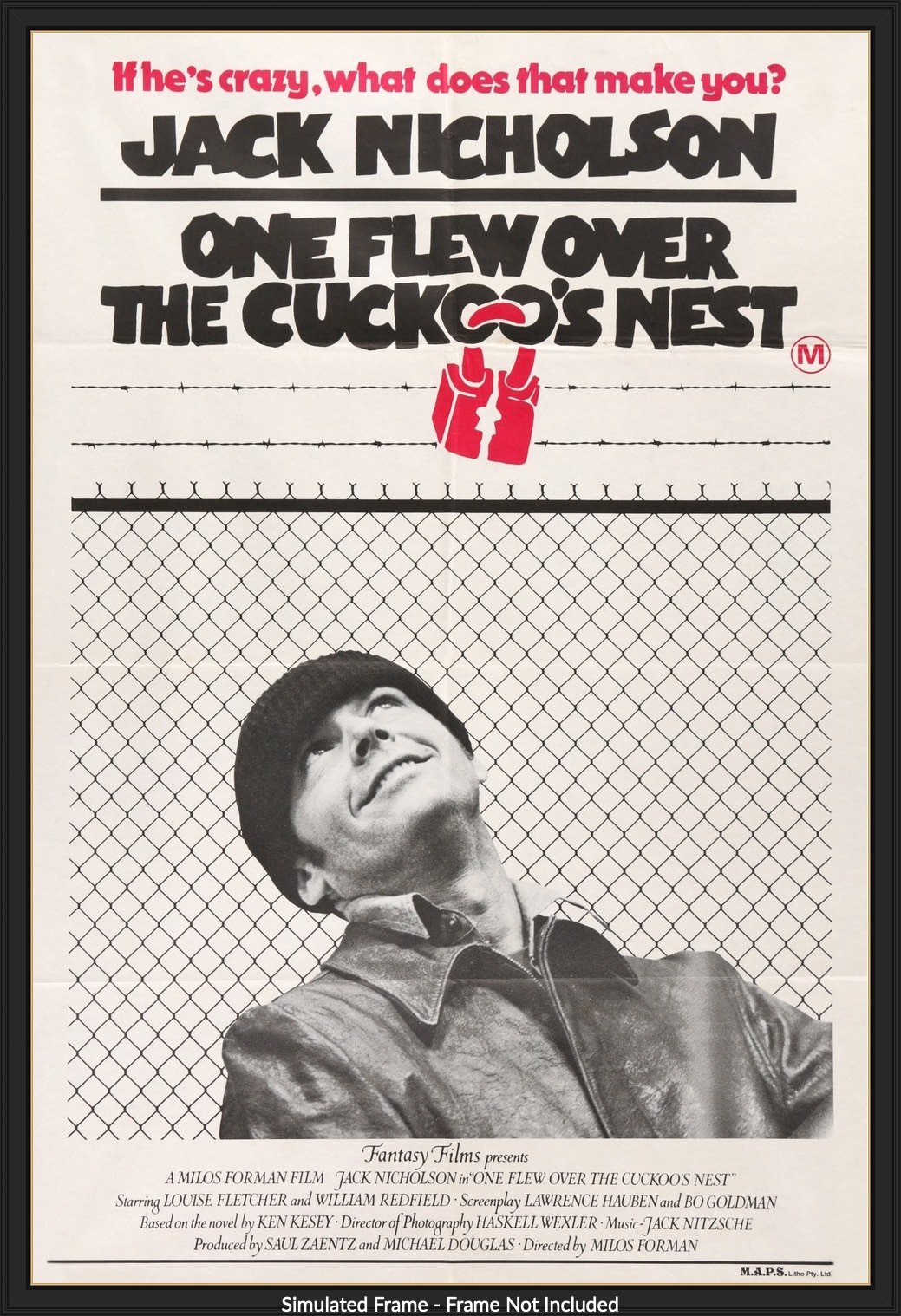
“One Flew Over the Cuckoo’s Nest”
No retrospective list of important movies from 1975 would be complete without “One Flew Over the Cuckoo’s Nest.”
The Miloš Forman directed picture, based on the 1961 Ken Kesey novel of the same name, was a resounding commercial and critical success, becoming one of only three movies to date to sweep the Academy Awards in its five major categories.
Watching the film makes it obvious as to why the Academy fell head over heels for this one. The dialogue is fantastic, the plot moves at a very constant yet steady pace and the acting is about as top notch as it gets.
One simply can’t talk about “One Flew Over the Cuckoo’s Nest” without mentioning the life Jack Nicholson brings to the screen with his performance as Randle McMurphy.
As the setting of the film takes place in a dreary mental hospital, Nicholson’s boundless amount of energy radiates the film, making it hard to imagine anyone else taking on this role.
Nicholson’s portrayal of the disgruntled “mental patient” provides the much-needed foil to the perfectly controlling villain of the story, Nurse Ratched, played wonderfully by Louise Fletcher. The constant back-and-forth between the two acts as a war between control and freedom over the fellow patients who have forgotten how to live their own lives.
Where “One Flew Over the Cuckoo’s Nest” really shines is in its humanity. Just like the seminal novel the movie is based off of, the subject matter and plot was very much unlike anything that came before it.
To have a movie primarily take place in a mental hospital helped shed the stigma that surrounds mental patients as outcasts of society. The character of McMurphy offers a break in the status quo, showing that these mental patients are human as well with their own fears and desires, even if society has deemed their humanity insignificant.
By the end, McMurphy gives the patients the courage to each take a moment to forget about their afflictions and live their own lives. Sometimes, a little spark is what’s needed to start a massive fire. —Paul Martin
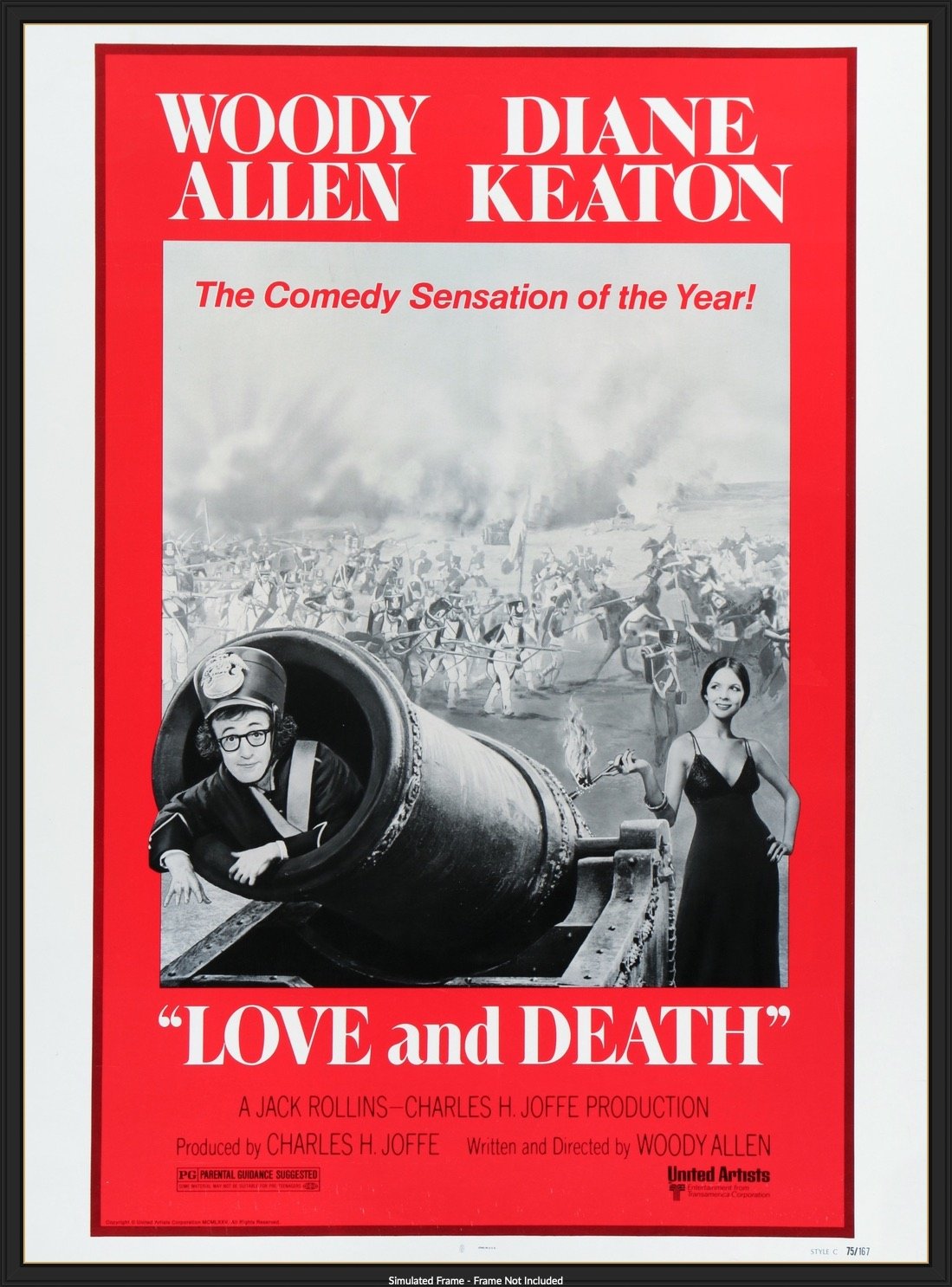
"Love and Death"
“Love and Death” is a ridiculously ironic comedy work by Woody Allen. The movie is a living example of how to use absurdity to make a real masterpiece.
The plot of the film is based on classic Russian literature subjects such as village idiots, existential philosophy, complicated relationships, wars and so on. The main role of peasant Boris is played by Allen himself.
The thoughts and questions about death begin following the character after he meets Death in childhood. The topic of love plays a significant, life-changing role in Boris’ adult years.
The viewers are taken on a trip to czarist Russia. They have to come along with the story of Boris’ life, where he comes back from a war as a hero, even though he was not planning on going there.
After, Boris marries his beautiful cousin Sonia, even though she does not have any feelings for him; Boris also attempts to kill Napoleon, resisting his moral principles.
All of the plot-twists are followed by abnormal amounts of philosophical reasonings about mankind, purposes of life, and love and death. This makes the film sound silly and sarcastic to the greatest possible extent.
Diane Keaton, who plays the role of Boris’ wife Sonia, proves to be an excellent comedy actress.
Another example of absurd, yet self-ingenious talk is perfectly shown in her replica “To love is to suffer:”
“To avoid suffering one must not love. But then one suffers from not loving. Therefore, to love is to suffer; not to love is to suffer; to suffer is to suffer. To be happy is to love. To be happy, then, is to suffer, but suffering makes one unhappy. Therefore, to be happy one must love or love to suffer or suffer from too much happiness.”
The dialogues in the comedy seem especially hilarious if one compares them to the characters of Tolstoy and Dostoevsky, and viewers can see that Allen references them throughout the movie.
Overall, “Love and Death” is an astonishing work of Woody Allen, where he could show the struggling nature of Russian people in a quite irrational but really fascinating way. —Alina Lebedeva
Sarah Simpson is a junior majoring in film-video. To contact her, email sus816@psu.edu
Joe Eckstein is a junior majoring in broadcast journalism. You can contact him at jojoeck62@gmail.com.
David Fortunato is a senior majoring in broadcast journalism. To contact him, email dforch2344@gmail.com.
Paul Martin is a junior majoring in telecommunications. To contact him, email at phm5095@psu.edu
Alina Lebedeva is a freshman majoring in telecommunications. To contact her, email at axl5837@psu.edu.
About the Contributors

David Fortunato
Senior / Broadcast Journalism
David Fortunato is an aspiring broadcast journalist with a passion for both sports and the arts at Penn State. Along with being one of the directors for the CommRadio arts & entertainment department, he has written articles, participated in podcasts and even done a live show for the CommRadio sports department. In addition to his work for CommRadio, David is also involved in PSNTV’s Penn State Sports Night. David was also an intern for the Penn State men’s club hockey team, where he did player interviews, produced live streams, did camerawork and even did some play-by-play. He can be contacted at .(JavaScript must be enabled to view this email address).

Alina Lebedeva
Second-year / Telecommunications
Alina Lebedeva is a second-year student from Moscow, Russia. She is a writer and photographer for the CommRadio. Her works include album and film reviews, and sports and lifestyle photography. If you’d like to contact her, email her at .(JavaScript must be enabled to view this email address).

Paul Martin
/

Sarah Simpson
Senior / Film-Video
Sarah Simpson is a senior from Irwin, Pennsylvania majoring in film-video, and minoring in Journalism and Spanish at Penn State. She is a member of Centre County Report. She is also the president of Penn State Network Television (PSNtv), Penn State’s student-run television network, as well as the director for PSNtv’s weekly news broadcast PSN News. She has interned with the Pittsburgh Post-Gazette as a photo/video intern and Penn State Athletics as a live video production intern. If you’d like to contact her, email .(JavaScript must be enabled to view this email address).

Joe Eckstein
Fourth year / Broadcast Journalism
Joe Eckstein is a fourth year for Nazareth, Pennsylvania majoring in broadcast journalism. He is a contributor for the CommRadio. He also is the opinion editor for The Daily Collegian. He was a former intern with The Morning Call newspaper in Allentown. To contact him, email him at .(JavaScript must be enabled to view this email address)








